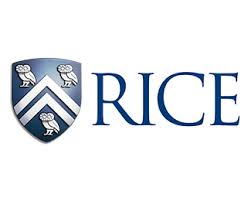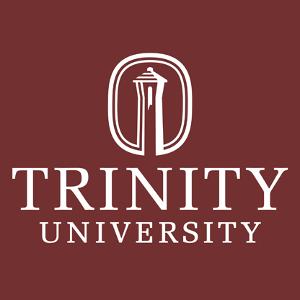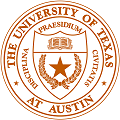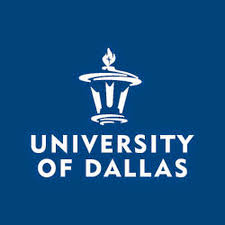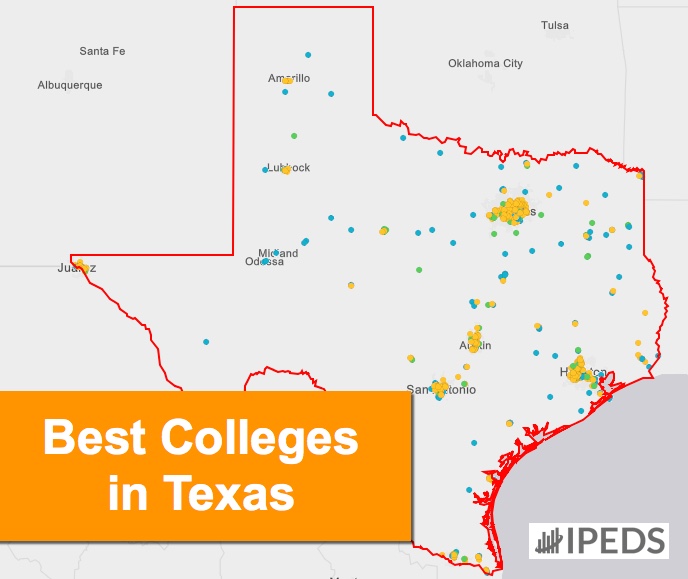 Texas. It’s known for being outsized in everything from big hats to big sky to big ranches. With well over 100 four-year institutions of higher education, there are plenty of options to choose from including small liberal arts colleges, private religious schools, and large land-grant state universities.
Texas. It’s known for being outsized in everything from big hats to big sky to big ranches. With well over 100 four-year institutions of higher education, there are plenty of options to choose from including small liberal arts colleges, private religious schools, and large land-grant state universities.
Plus, despite its frontier history and reputation, Texas has made a significant, ongoing commitment to education, resulting in several of its universities making the national college rankings.
That said, there are only a handful of Texas colleges that make our Best Colleges in Texas list. These schools do the best job of retaining students and graduating them on time without above averages of debt.
Here is our list of the colleges in Texas you should consider:
Founded by the Presbyterian Church in 1849, Austin College is a private liberal arts college in Sherman, sixty miles north of Dallas. The school operates on a 4-1-4 calendar, two four-month semesters and a one-month semester every January when students take one course to study in-depth, often abroad. With an enrollment of approximately 1,300 students, there is a 12 to 1 student-to-teacher ratio, and each student is assigned a faculty member to serve as a mentor.
Rice is a private research university located near the museum district in Houston. Originally established in 1912 for the tuition-free education of white citizens of Texas, the school began accepting all students and charging tuition in 1964. Rice is highly selective—there are 17 applicants for each seat in the incoming freshman class—and has a 6 to 1 undergraduate student-to-teacher ratio. It is consistently rated the best university in Texas in various college rankings..
![]() Southern Methodist University (SMU)
Southern Methodist University (SMU)
Home to the George W. Bush Presidential Center, SMU is five miles north of downtown Dallas in the Highland Park area. Founded by the United Methodist Church in 1912, this private school has a sectarian educational philosophy and welcomes students of all backgrounds. SMU is known for both its law school and Cox School of Business. There are 110 bachelor’s degrees offered in 95 fields, and the student-to-teacher ratio is 12 to 1.
![]() Texas A&M University – College Station
Texas A&M University – College Station
Texas A&M is a public land-grant university founded in 1876 in College Station. Located on a sprawling 5,200-acre campus, it is known for the Dwight Look College of Engineering, Mays Business School, and College of Education and Human Development. Texas A&M also has a highly regarded veterinary program, the only one in Texas. Each year, approximately 15,000 of its 69,000 students take part in The Big Event, a student-run volunteer effort—the largest in the country—to complete local community service projects. Texas A&M is also home to the George Bush Presidential Library.
Nestled on hills overlooking downtown San Antonio, Trinity University was founded in 1869. This private school emphasizes undergraduate research and experiential learning via the Common Curriculum, which is equal parts liberal arts and science. The student-to-teacher ratio is 6 to 1, and 40% of students take advantage of study abroad programs. Students also have the opportunity to live in one of five living-learning residential communities focused on areas of study ranging from Asian studies to the humanities.
A public university founded in 1861, UT Austin is located only a mile from the state capitol in the center of Austin. With over 50,000 undergraduate students and 24,000 faculty and staff, it is a major research center—over $500 million budgeted for research each year—and was recognized in 1985 as the only Public Ivy in Texas. UT is known for its law school as well as the engineering and business colleges. There is also a robust liberal arts component as exemplified by Shakespeare at Winedale, a nationally recognized residential summer theater program offered by the English department. Not to be outdone by in-state rival Texas A&M or SMU, UT is also home to the Lyndon Baines Johnson Presidential Library and Museum.
A private Catholic institution founded in 1956, the University of Dallas is in Irving, a little over fifteen miles north of Dallas. It has a total enrollment of roughly 2,500 students and a student-to-teacher ratio of 10 to 1. Known for its business program, the school identifies education’s primary goal as the pursuit of virtue, truth, and wisdom, and has dedicated itself to revitalizing the classical Western liberal arts tradition. Its annual Charity Week, consisting of events coordinated by the Leadership Center and Student Activities, is a long-running tradition which raises funds for national and local charities.

